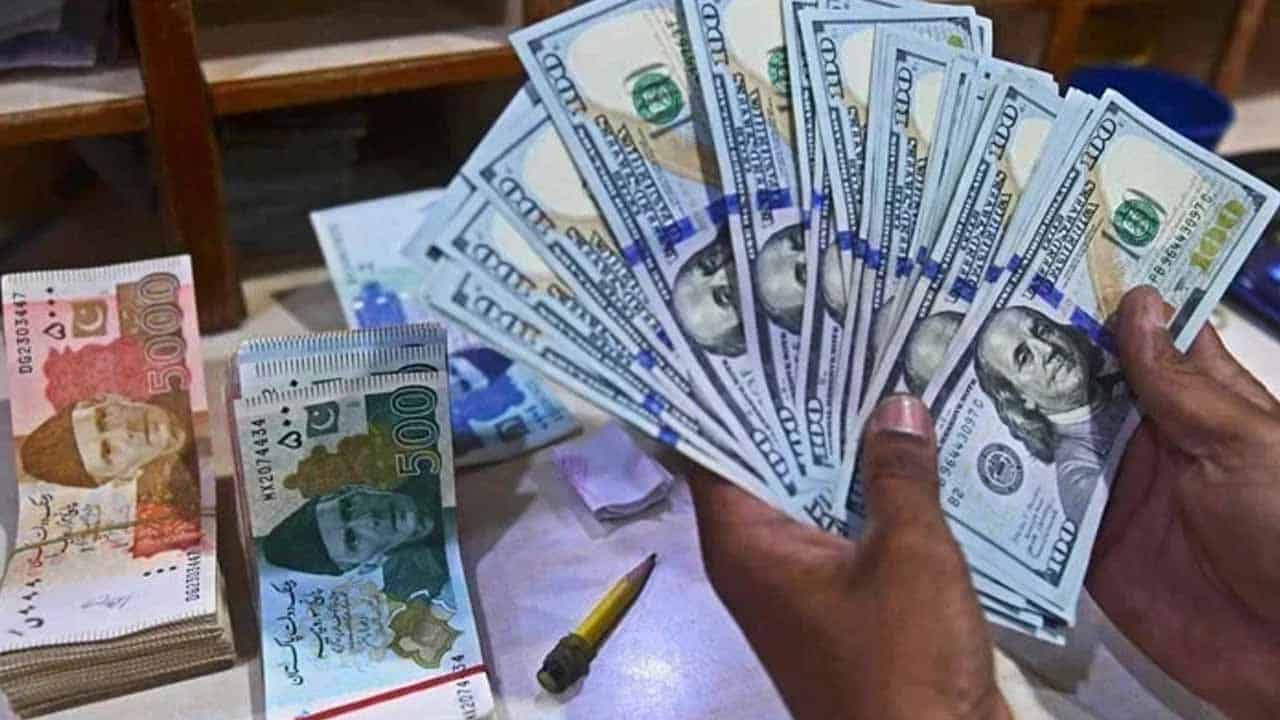The Pakistani rupee on Thursday gained further ground against the dollar, a day after taking a breather following the progress in talks with the International Monetary Fund (IMF).
Around 10:30 a.m., the US dollar was trading at Rs265.49 in the interbank market after the local currency increased by Rs2.40. After dropping to a record low on Monday, the rupee has gained Rs4.15 in the last two days.
The market’s optimism about the continuation of talks between the IMF and the government, the measures the government is taking, and the fact that some speculative activity is fading in the market are all contributing to the rupee’s gains.
The rupee has been falling since a currency ceiling was removed on January 25 in order to transition to a market-driven exchange rate.
The local currency lost Rs37, or 13.81%, overall since January 25 compared to Wednesday’s close of Rs230.89 to a dollar, according to the State Bank of Pakistan (SBP) data.
Following the rapid decline, the rupee had a 16% decline, becoming the country’s worst-performing currency thus far this year.
The crisis-affected country has only around three weeks’ worth of import coverage in foreign exchange reserves, and it is currently experiencing a severe payment balance problem. To prevent default, Pakistan is trying to secure international financing.
The central bank’s foreign exchange reserves were $3.7 billion as of January 20.
It should be highlighted that even while export activity was low, the exporters obtained more loans after the government decided to remove the self-imposed cap. This indicates that exporters borrowed (at high rates) in the local currency but failed to remit their export proceeds.
Analysts estimate this figure to be around $2.5 billion. Now having a windfall they may not wait for the rupee to depreciate further in a race to pay back their high-interest money and to quickly procure raw materials before the prices jump up, according to Tresmark.






